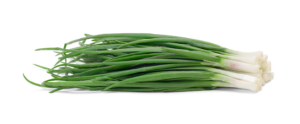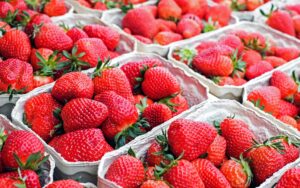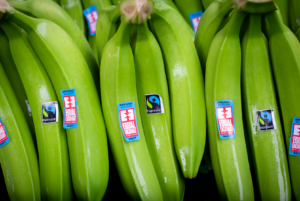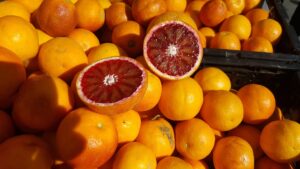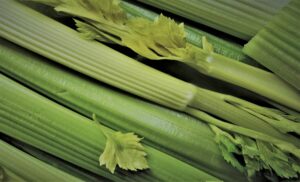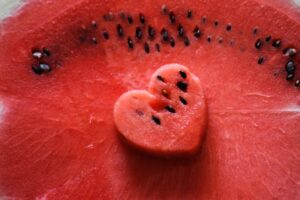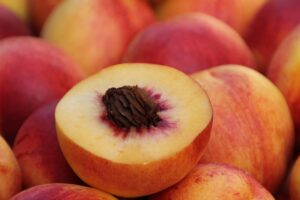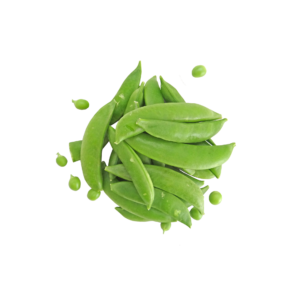Greens onions are also known as spring onions, scallions, or salad onions. Green onions are actually baby, immature onions that are picked before they fully grow. The bulb is younger and is cut while the tops are still green. They have tiny white or pale-green bulbs at the end of long green tops. There are slight age differences and bulb types between scallions and green onions, but they are often considered the same vegetable.
Select green onions with white to pale green bulbs. Look for undamaged, unwilted tops. The tops should be bright green and about 8 inches long. When selecting green onions, be sure to look for crisp, firm bulbs.
Store green onions in cool moist areas in the refrigerator, preferably the crisper or vegetable drawer (32-36 degrees F). Scallions will last between 3 and 4 weeks if stored properly.
- Great source of vitamin C, beta-carotene, and folate—even more than mature onions.
- Good source of calcium.


